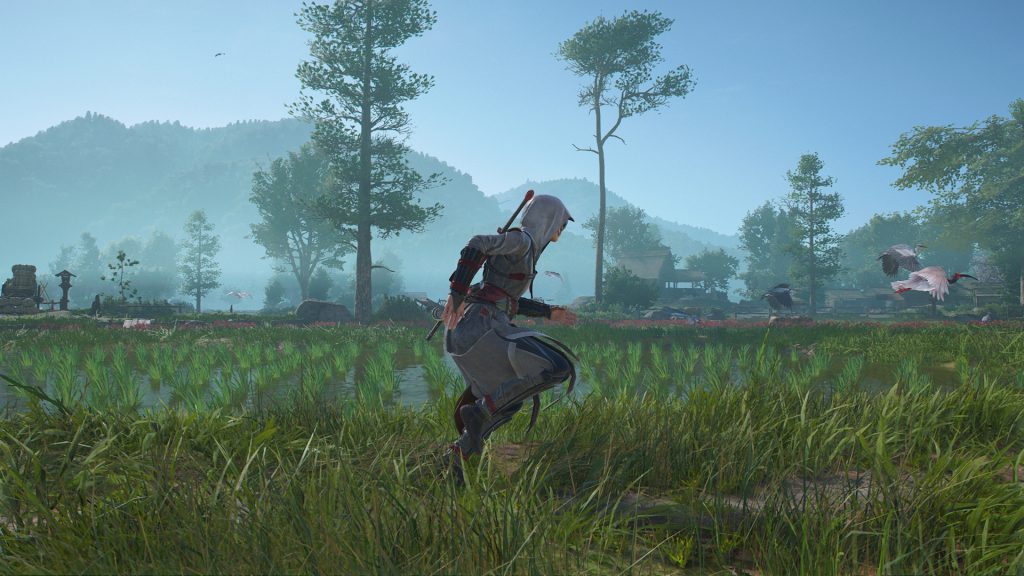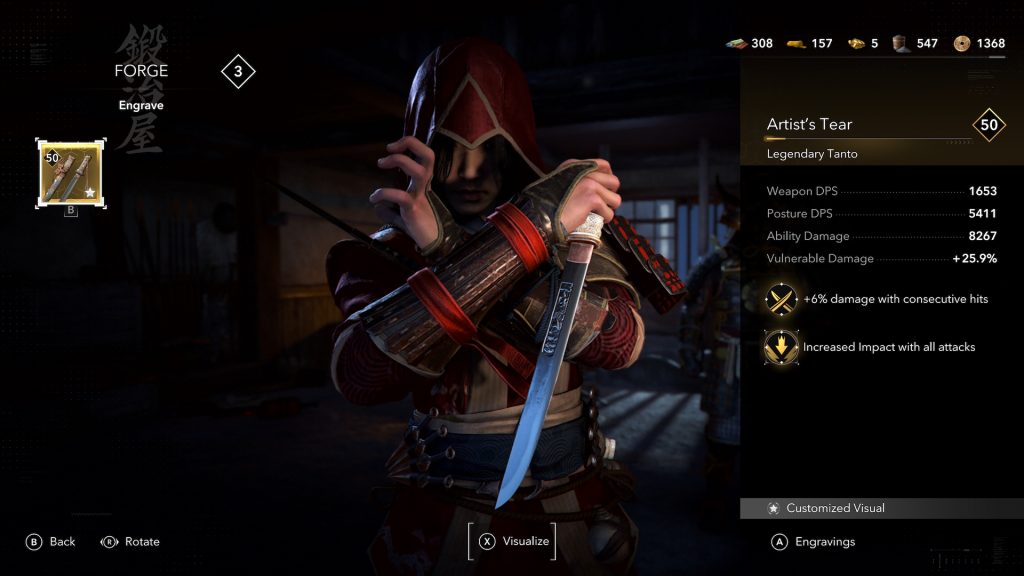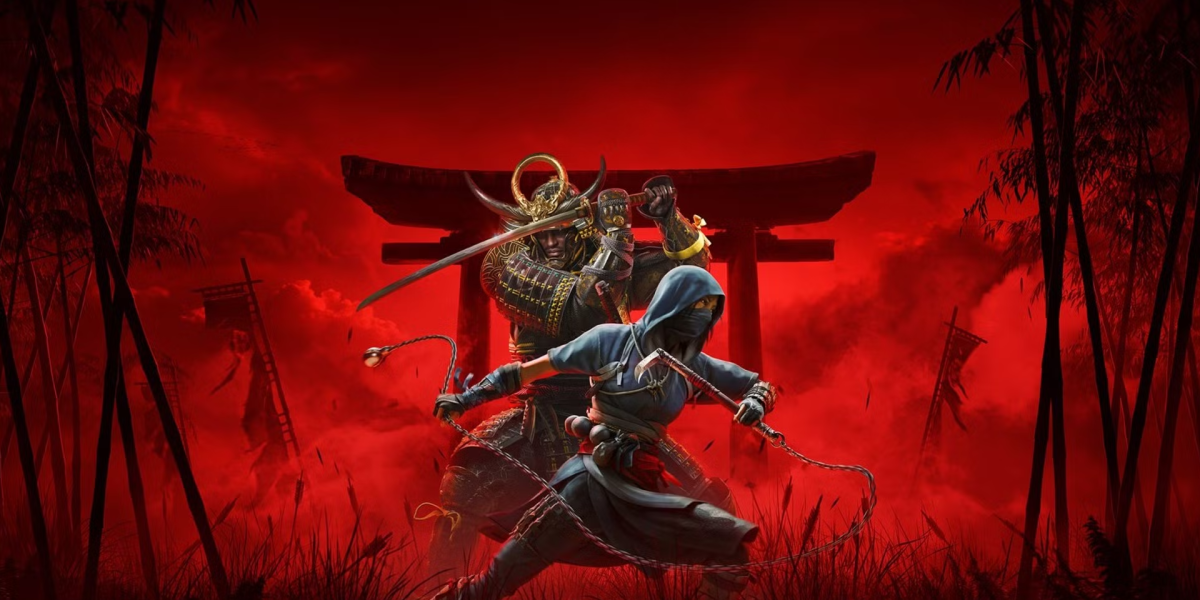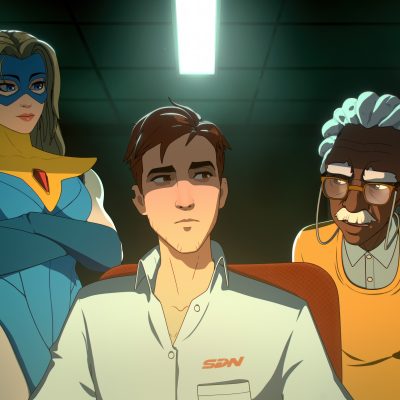After the release of Assassin’s Creed: Origins, Odyssey, and Valhalla, few expected Ubisoft to create a title that would bring back the essence of the early Assassin’s Creed games. While Assassin’s Creed: Mirage hinted at a new direction, it failed to capture even a shadow of the past. Then came the historical controversies surrounding Assassin’s Creed: Shadows, compounded by the introduction of Yasuke, furthering long-time fans’ frustration with Ubisoft. However, against all odds, Assassin’s Creed: Shadows arrived, delivering a stunning return to the franchise’s roots. In this in-depth review, we dissect how it accomplished this.

After spending around 15 hours in the game—assuming you focus primarily on the main story —it becomes evident that the marketing team made a significant misstep. Originally pitched as a Dual Protagonist experience, the game fundamentally revolves around a Main Protagonist, Naoe, with Yasuke positioned as a Side Protagonist. From the beginning, you don’t have the ability to switch between them, and only after spending a significant amount of time with Naoe does the game grant you the option. Even then, continuing with Yasuke is entirely optional and has no impact on the completion of the main storyline. That said, it’s worth mentioning that Yasuke’s missions add depth to the narrative and fill in some of the game’s plot holes.
The story unfolds at a sluggish pace, moving at a crawl. The first three hours feel like a hidden gem buried beneath rough terrain, making it easy for many players to lose interest before reaching its true potential. The narrative elements in Assassin’s Creed: Shadow are unevenly distributed throughout the game. Sometimes the story is told with precision and relevance, while at other times, it’s carelessly delivered. The flaws in character design further amplify the issue, making the story more chaotic than expected. For instance, the children of two different Japanese feudal lords look almost identical.
What’s truly frustrating is that all the lore about the origins of the Templars and Assassins or details surrounding Abstergo and its latest Animus model, Animus EGO, are all present in the game but buried beneath chaotic storytelling, making players struggle to struggle to grasp the depth of the story. It’s like writing a great book only to ruin it with poor cover design and sloppy page layout. Assassin’s Creed: Shadows suffers from the same issue, where its narrative design acts as an obstacle rather than a gateway to its depth.

Ubisoft may have fallen short in storytelling, but it has taken a completely different approach when it comes to gameplay. Naoe is undoubtedly one of the most complete Assassins ever designed in the franchise’s history. The addition of mechanics such as the grapple hook and the ability to move while lying prone, alongside the traditional stealth elements of the series, breathes new life into the gameplay. The game’s exceptional parkour system and well-designed platforms seamlessly enhance these mechanics, creating the ultimate Assassin experience.
The return of the Hidden Blade, now as effective as it was 10-15 years ago, stands out as one of the most brilliant aspects of the game’s combat system. The ability to customize combat with three distinct weapons, an extensive skill tree, and a variety of armor options contributes to one of the most engaging combat designs in the series.

With the introduction of a Hub, called Hideout, Assassin’s Creed: Shadows brings a new gameplay feature that functions similarly to the Room of Requirement in Hogwarts Legacy. Since players can recruit NPCs to accompany them on missions or upgrade their weapons and armor, Hideout provides a secure space where they can construct and enhance various buildings to facilitate these tasks. These capabilities go beyond simple upgrades—expanding the Hideout with multiple structures and functionalities directly impacts gameplay quality within the world.
Additionally, the Hideout provides cosmetic items and customization tools, allowing players to personalize their space. This feature serves as a relaxing diversion, offering a welcome break after intense battles.
Despite their simplicity, the side quests in Assassin’s Creed: Shadows offer an impressive variety. Whether it’s exploring ancient temples and solving intricate puzzles, executing contract assassinations, scaling mountains in search of hidden treasures, or clearing out heavily guarded military bases, the game provides a diverse set of objectives. While the mechanics behind these quests remain consistent, their sheer variety ensures they never feel repetitive. Additionally, the dynamic weather system and the experience of four distinct seasons, combined with the beautifully crafted environments of feudal Japan, further enhance exploration and keep mission progression fresh and engaging.

Although I spent the majority of my 90-hour playthrough immersed in Naoe’s gameplay, unable to step away from Ubisoft’s fastest and most lethal Assassin to date, I dedicated around 15% of the game to Yasuke. The standout aspect of Yasuke’s gameplay is how dramatically it shifts the experience. Stealth and parkour take a back seat as Yasuke, a formidable warrior, steers players toward direct combat. Armed with a diverse arsenal of melee and ranged weapons and a unique skill tree entirely distinct from Naoe’s, Yasuke redefines the game’s combat system.
As a side protagonist, Yasuke feels like a carefully crafted addition to a lavish banquet—not overwhelming, yet seamlessly integrated. Players have the freedom to indulge in the ‘main course’ of Naoe’s gameplay while occasionally savoring Yasuke’s distinct combat style for variety. Ultimately, Assassin’s Creed: Shadows showcases some of the finest parkour and combat design in the franchise.
The audio-visual experience in Assassin’s Creed: Shadow lands somewhere in the middle—neither as polished as its gameplay nor as chaotic as its storytelling. Thanks to the inclusion of four distinct seasons, players explore one of the most unique depictions of Japan in video game history. Frame drops are negligible and have no significant impact on the overall experience. However, poor character design choices result in repeated encounters with identical-looking NPCs. While cutscenes are beautifully framed and visually impressive, interactions with NPCs during simple transactions or mission briefings highlight a lack of attention to detail.
The soundtrack follows an inconsistent pattern—at times grand and immersive, yet occasionally disconnected from the game’s atmosphere. At moments, it feels as though two entirely different teams composed the music. Sound design, however, remains one of the game’s stronger aspects, delivering immersive audio during combat, stealth sequences, and exploration.
While Assassin’s Creed: Shadow may not be a masterpiece, it marks a successful return to the franchise’s roots—an experience long absent from the series. Its gameplay delivers genuine satisfaction, ensuring hours of engaging entertainment.









